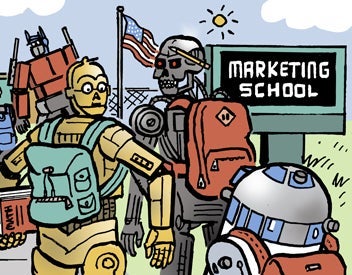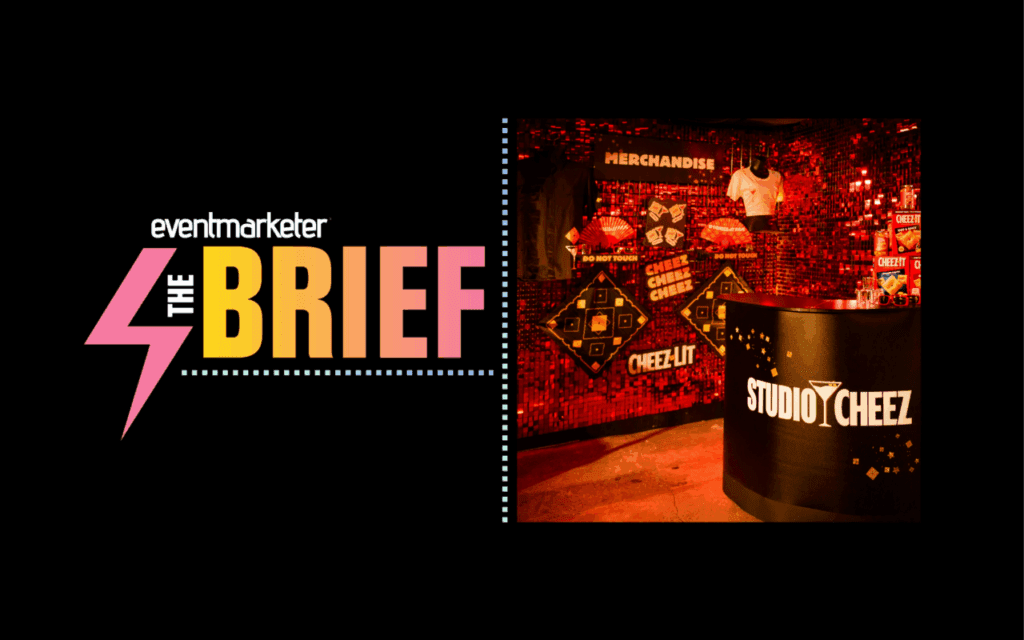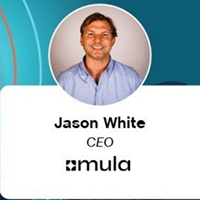Leveraging paid social media campaigns is an effective way to get messages out to targeted audiences, but a little bit of human touch is necessary in order to get people to click and convert. Buying paid social ads and getting messages into people’s social feeds is the first step, but it’s not the only one.
Progressive Insurance has been an early adopter with paid social, and has launched entire campaigns exclusively through social media.
“We’ve been an early advertiser on social for a long time, and social media is a great place for us to tell our story in a way that enhances the experience. We always make sure the  experience is enhanced by the advertising,” says Progressive Insurance business leader, marketing innovation Jonathan Beamer, who spoke on a panel on humanizing paid social at the FutureM 2014 conference in Boston this week.
experience is enhanced by the advertising,” says Progressive Insurance business leader, marketing innovation Jonathan Beamer, who spoke on a panel on humanizing paid social at the FutureM 2014 conference in Boston this week.
Progressive uses entertaining ads with funny punch lines as a payoff for its social campaign, while getting their message across before the end of a short ad. This engages users in a memorable way, while conveying the message the brand wants to get across.
HourlyNerd CMO Dan Slagen says that Google AdWords is still the number one option for online ads, but that paid social ads are the second best option. But at its core, social advertising is interrupting users, so the content has to be relevant to them if they’re going to pay attention.
“This is interrupting people, so that level of authenticity is getting more important. I can easily get an image in front of someone—it’s getting them to click and to do what you say that’s important. People doing what you instruct them to do is where you see ROI. If they’re doing what you say, or signing up, that’s the important engagement,” Slagen says.
Beamer says successful social campaigns start with classic advertising and insights that work across all delivery platforms. Progressive’s “Baby Man” campaign was launched on social media, and focuses on car insurance customers who stay with their parents’ insurers once they become adults.
“That campaign started with traditional insight that got attention with great creative, and got people thinking introspectively,” Beamer says. “I think the process is the same, but we now have the right tools to get the message to the right people. It’s an opportunity that didn’t exist before.”
Slagen suggests switching out creative and graphic images on social very regularly, to keep content new and engaging. This can also serve as a way to see what types of creative are working best.
“You can run four different types of creative at the same time and see which gets the best response. If we run four ads, we remove the bottom two that are performing less,” Slagen says.
The big mistake marketers looking into social need to avoid is approaching it as an afterthought. With new Facebook regulations, less than five percent of organic posts will be seen by your target audience, so paid social is and will be the new model moving forward.
“Don’t dip your toe in the water. If you’re going to go into social, go hard,” Slagen says.
 Network
Network

